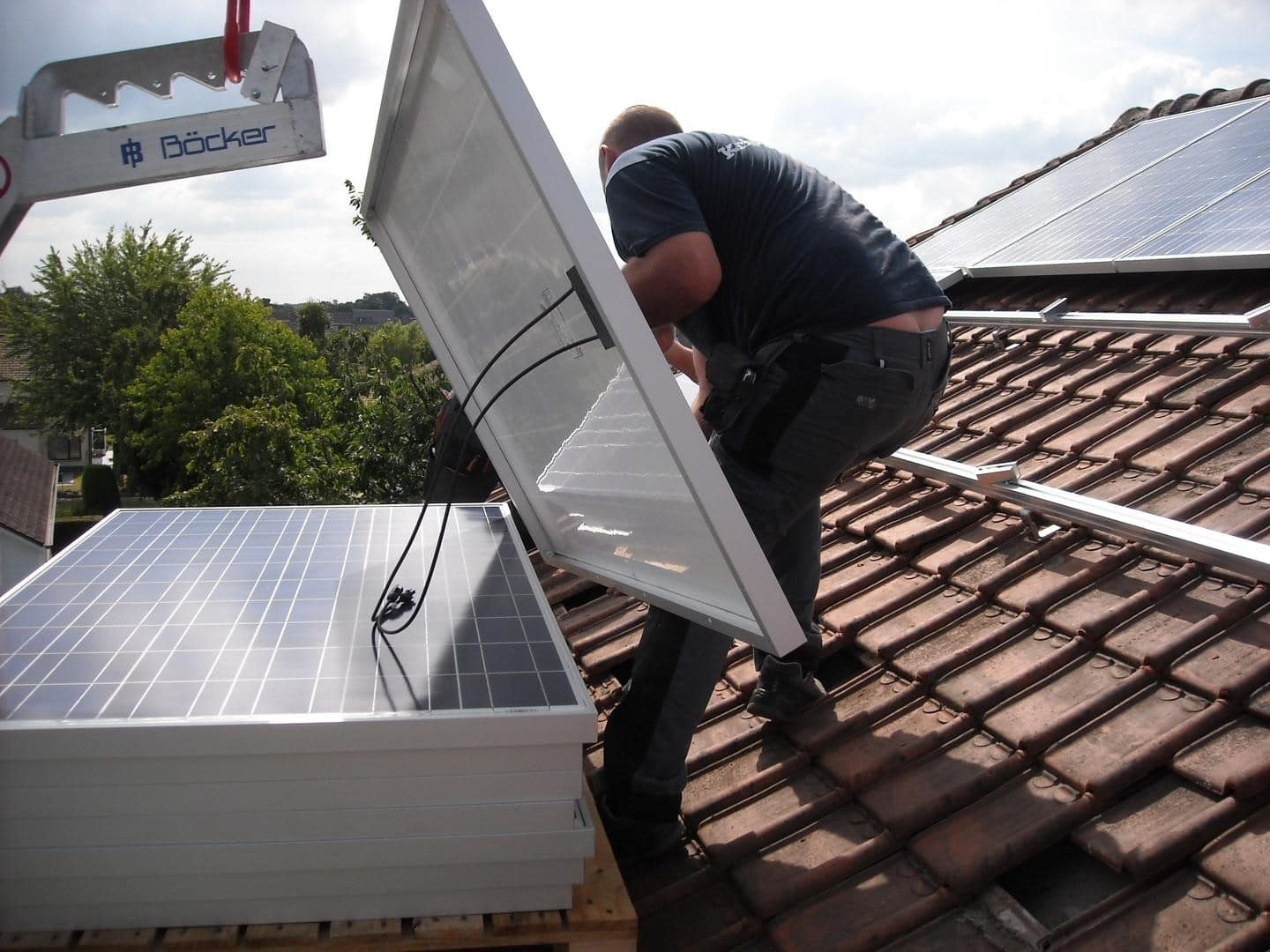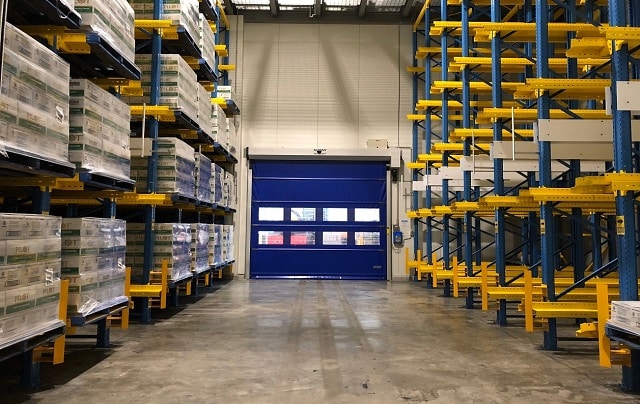
7 Tips for Investing in Your First Sustainable Home

The need to create more sustainable housing that has a low impact on the environment has never been more evident as we see the effects of bad environmental management increasing daily. There are a plethora of benefits to owning an eco-home, financially as well as a lifestyle choice geared towards helping the local environment flourish. We have looked at a few of the critical areas you will need to address to give you the home you desire.
1. State Incentives
State and government agencies often offer incentives through tax credits or other subsidies to encourage homeowners, and those seeking to buy a property, to look at eco-friendly homes (or modify their existing ones). Local state incentives for eco-homes are somewhat dependent on where you live and what party is in power; it is worth speaking to your local representatives to determine what benefits are available to you, as this can help reduce the initial price you need to pay.
2. Borrowing for an Eco-Home
When looking to buy your first eco-friendly home, you will still need to finance the purchase in the same way as if purchasing a traditional home. Many lenders will consider your ongoing expenses may be lower due to lower utility bills and selling power back to the grid, which will make you money. When speaking with lenders about financing for a home that is eco-friendly be sure to let them know what your plans are as they could be able to offer you more than if you purchased a standard build home.
3. Design and Location
It can be a bonus if you are looking to build your home from scratch as this gives you many options on what direction the house will look and the placement of windows which can dramatically reduce power usage through using the natural shade from the surrounding landscape. Seek out an architect with a previous history of designing eco-homes as they will have the knowledge and past data to ensure your house is as friendly to the environment (and your pockets) as possible. Research the materials you plan to use to construct the house and check if there are any more environmentally-friendly alternatives available.
4. Benefits of Solar Panels
The first item many people think about when building a home is the use of solar panels, and rightfully so. Solar panel design along with battery technology has come a long way in a short time which means solar panels tend to last longer, produce more power, and you have the capability of storing energy longer when the sun isn’t shining. Although the installation of solar panels may seem expensive initially, the actual saving comes from when you start selling power back to the grid. A convenient way of financing your solar installation can be done through your home loan provider, as lenders will often allow for such expenditures to be deducted from the loan. As we mentioned earlier, depending on your location, governments also have different incentives and rebates for those who invest in renewable energy sources, which makes the endeavor that much more appealing.
5. Heating and Cooling
A critical ingredient in having a home that needs little power to heat or cool it is the insulation of the house. Traditionally insulation has been a human-made material which can cause pollutants in production and through the lifespan of the insulation. The type of product you use will in part be determined by where you live and what local resources are available. A few of the best materials for insulating a home are recycled cotton, sheep’s wool, and you can use recycled newspapers which have been chopped and compressed. The mantra of eco-home builders is “build it tight, vent it right,” sticking by that simple rule will ensure you have a suitable temperature along with good quality air flow.
6. Lower Water Use
Some parts of the world have significant water shortages due to climate change and bad practices in water management. To make sure your home only uses the water it needs you should first check all the plumbing regularly for water leaks, as this is the most significant (and common) issue when it comes to water waste. There is a range of smart appliances like dishwashers, washing machines, and showers which monitor water usage to limit how much is used depending on load size. You can also help by storing rainwater in receptacles for use in the gardens or for washing cars and bikes. Gutters should be checked in the same way as your plumbing to guarantee you are collecting water which would otherwise end up in runoffs and thus be wasted.
7. Environmentally-Friendly Gardens
Outside spaces have become increasingly important for families, but some thought is needed to keep them friendly to the environment. If you live in a desert environment, it will not be ecologically sound to have a lush lawn as this will need a tremendous amount of water to survive. You need to look at the local flora and fauna that thrive in your location and replicate this in your garden. If the plants can live in the wild, they will do well in your garden also. Many of the pesticides used in farming and horticulture contain chemicals that are not environmentally-friendly, but there are alternatives available you can use to keep your garden blooming in a natural way.
Sustainability Is An Ongoing Process
The job doesn’t finish once you have built your home. You will want to make sure all the products you use for cleaning are safe to wash down the drains or through the sewage system. Using timers on plug sockets and low energy lighting will keep your bills low and help to save the environment. New products and procedures are rolled out regularly to help improve energy consumption levels and lessen our impact on nature, so keep abreast of the latest developments to make sure you are doing your part to live sustainably and help us create a better environment in which to live.



Post a comment